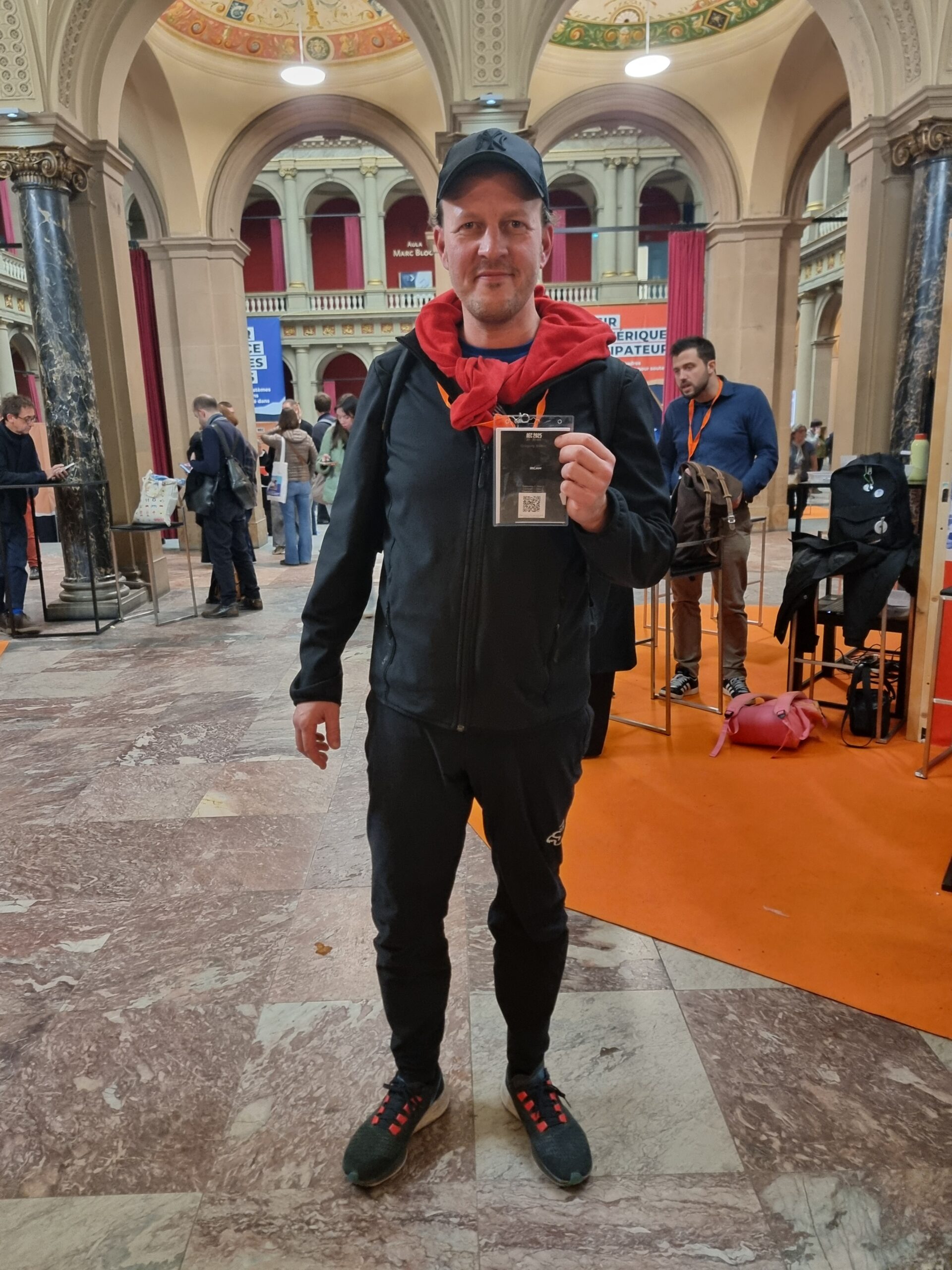Can we continue to create in the age of AI?
Round Table @ NEC, Strasbourg, France, 5PM, the 29th of October 2025
Hundreds of books generated by algorithms are flooding the internet, exhibitions of artworks using AI are multiplying, images and photos generated using prompts are invading the media and social networks… In the space of a decade, deep learning has ventured into areas once reserved for humans: the production of journalistic, cultural and artistic content. This phenomenon worries authors, who nevertheless recognise that behind AI, there is always the hand and eye of a man or woman.
This Regards-Croisés invites you to discuss the place of authors and content producers in the age of AI, to deconstruct the binary opposition between authentically human creation, that of a demiurge artist, sole master on board, and artificial, post-human creation, produced by a robot.
With:
- Remy Gerbet, Executive Director at Wikimedia France.
- Anaïs Aubert, Digital Project Manager at Numérique en Commun[s]. (moderator)
- Laurence Allard, Lecturer in Communication Sciences, researcher at Paris 3-IRCAV University, she also teaches in the “Culture and Media” programme at the Institute of Social Sciences at the University of Lille.
- Gregory Beller, Artist, researcher, professor and digital designer for contemporary arts. He teaches at LIGETI Zentrum HfMT Hamburg and is product manager at IRCAM Forum.
- Lucile Josse, Deputy Director of Audiences and Products at DILA.
- Marek Blottière, Innovation Project Manager for the Society for Arts and Technology.
My part:
Artificial intelligence is reshaping musical creation, shifting the composer’s role toward that of a curator and mediator in a complex dialogue with the machine. Through the concept of the eco-attentional factor, I propose to measure the cognitive, temporal, and emotional expenditure required to produce artistic meaning with AI. This framework highlights the hidden costs of learning, mediation, and curation inherent to AI-assisted creation, questioning the human sustainability behind automation. In my pieces Belta Tormenti, Diurnes, Fadensonnen, and my opera The Fault, partially generated by AI, this relationship becomes tangible: the machine proposes, but the human interprets and contextualizes. This perspective points toward a new paradigm of human-machine co-learning, based on frugal and adaptive models where creativity emerges as an ecology of shared attention rather than a mere automation of artistic practice.
